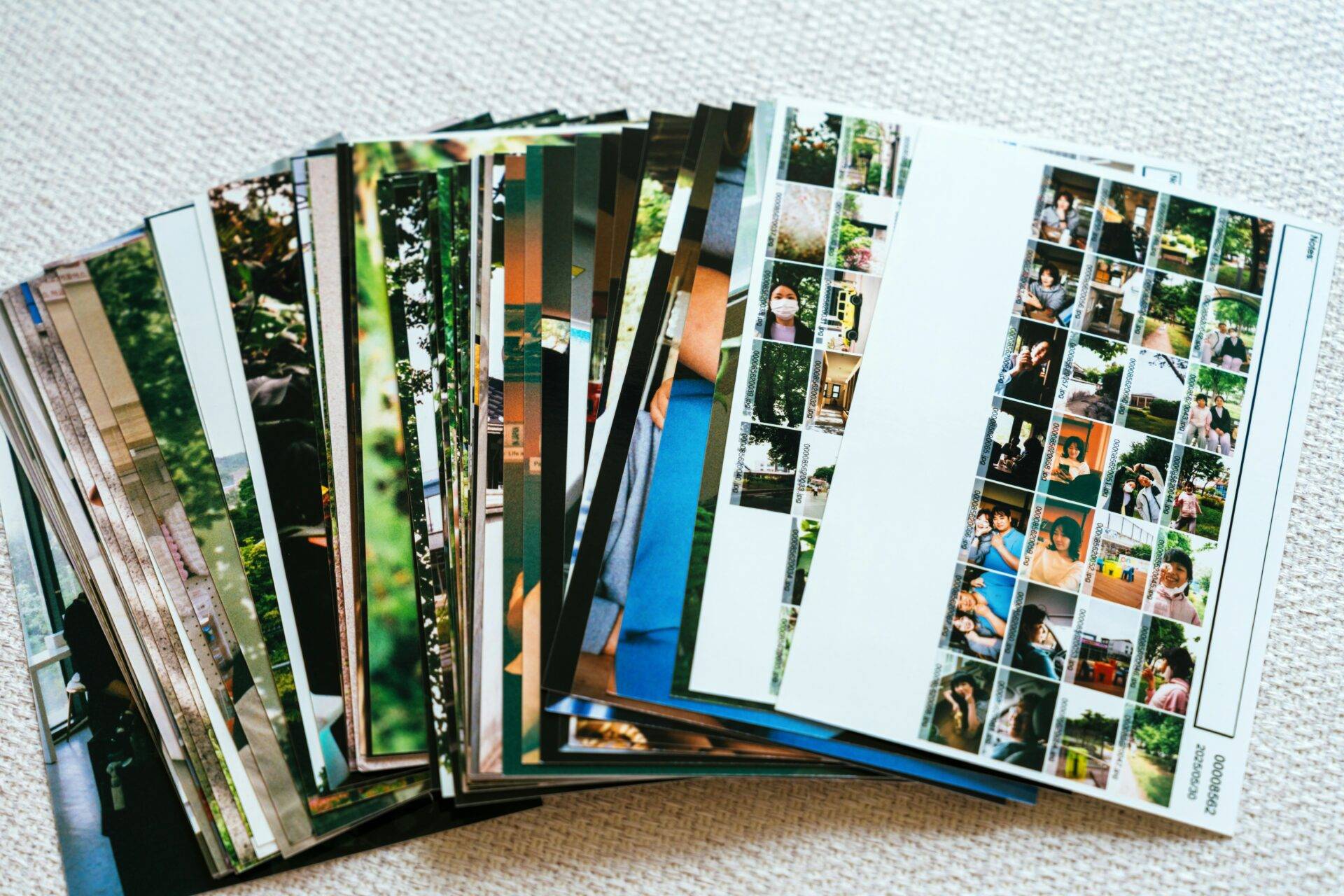Have you ever tried to take a professional looking photo with your smartphone? If you have, then you know that it’s not as easy as it seems. You might have noticed that the photos are grainy or don’t capture the moment well. Maybe the people in your photo are blurry or too close to the lens. If so, this article is for you! Here are some simple tips for taking better photos with your smartphone.
Understand the limitations of your phone
If you want to be successful at taking professional-looking photos with your smartphone, it’s important to understand the limitations of the phone. First, it’s important to know that most smartphones have a fixed aperture and can’t be changed. This means that the aperture is set at a low number and the phone will not be able to take professional-quality photos.
Second, your phone will not be able to take professional-quality photos in low light. Low-light photos are grainy and lack detail.
Finally, you can’t change the angle of the camera on your phone. The camera is fixed in one position, which is usually above your head. This angle makes it difficult to take photos of people at eye level. To make up for this limitation, you can use a selfie stick or ask someone else to take your photo for you. If you want to take better photos with your smartphone, remember these three things: 1) know the limitations of your phone, 2) stay in low light, and 3) use a selfie stick or ask someone else to take your photo for you.
Understand the basics of photography
The first step to taking better photos with your smartphone is understanding the basics of photography. A camera lens can distort the image. This happens when the lens is too close to the object or too far away from the object. You can use this effect in your favor when you are taking a photo of a landscape. For example, you might want to take a photo of a horizon with mountains in the distance. If you’re taking a photo of somebody, you don’t need to get too close to them with your camera lens. This will distort their face and make them look terrible. Notice how these photos are blurry or grainy? That’s because the camera lens is too close to the subject. If you want to get accurate color in your photos, be sure to get plenty of light. A low light setting will make your photos grainy and dark.
Set up the shot
The first step to better photos is to set up the shot. This means making sure you have the right lighting, distance, and framing. To learn more about these factors, check out the link to the article below. The next step is to take the picture. When you do, be sure to hold your phone as steady as possible. Be aware of your surroundings and don’t move around too much. Keep your phone close to your body for better stability. The last tip for taking better photos with your smartphone is to clean it! Make sure there’s nothing on the lens and remove any fingerprints on the lens cover.
Consider your background
The first thing to consider when taking a photo with your smartphone is the background. This might sound simple, but it’s important. The background will show up in the photo and might be distracting if it’s not appropriate. If you don’t want it to be distracting, then try to keep the background to a minimum. One way to do that is by taking your photo against a simple background, like a plain wall or a solid color. Another option is to take the photo against a white background. This will make it easier for you to edit the photo and even remove the background so that it doesn’t show up in the picture. A third option is to take your photo against a natural background. If you can find a nice outdoor scene, then you can easily take a nice picture against an appropriate background. Try to avoid having the sky as your background because it may end up as blown out or as an unpleasant color.
The rules of composition
Rule of Thirds: One of the most effective composition techniques is the rule of thirds. Imagine your photo cut into thirds by two equally spaced horizontal lines. The two vertical lines then cut the photo into thirds again. Place important elements of your photo on one of the four points created by the intersection of these lines. For example, the subject’s eyes should be placed on one of the four points.
Photo Stabilization: If you’re looking to take a sharp photo, make sure to use a tripod or other form of photo stabilization. If you’re taking a video, make sure to use a gimbal to keep the camera steady.
Framing: Framing is another way to improve the quality of your photos. Determine what you want to show in your photo and then frame that area with something that complements it. For example, you could frame your subject with a wall.
Lighting: The type of lighting you have will have a huge impact on how your photo looks. Try to shoot photos in natural light rather than artificial light.
Rule of thirds
Rule of thirds is a photography rule that says you should place the subject of your photo 1/3 of the way from the left, right, top, or bottom. It’s a useful rule for beginners who are still getting used to photography techniques. The rule will help you take photos that are more pleasing to the eye.
Rule of thirds can also help you decide how to take a particular photo. For example, if you want to include more of the sky in your photo, then move your camera up higher. If you want to take a photo of someone close to you, then ask them to step back so they are further away from the camera lens. All of these decisions are made easier by the rule of thirds.
Leading lines
Leading lines are one of the easiest ways to take a better photo. Leading lines are visual queues that lead your eye to the most important parts of your photo. This can be as obvious as having a person stand in front of an object they’re trying to sell or as subtle as having a window frame lead your eye to the outside. Leading lines are easy to make and can make all the difference in your photo. Find an object or person who is already leading the way (a person, a car, a building) and use them to guide your eye to the focal point of your photo. This will help you take photos that are more appealing and professional.
Symmetry or asymmetry, which do you prefer?
Take your photo with either symmetry or asymmetry. Symmetry is the more traditional type of photography where the subject is lined up with the center of the photo. Symmetry is great for capturing architecture, landscapes, and people. If you want to capture a lot of movement, then asymmetry may be the right choice for you. Asymmetry is when your subject is not in the center of the photo, but rather off to one side. This type of photography is great for capturing candid moments, emotions, and actions. No matter what type of camera you use, symmetry or asymmetry will help you to take better photos. Whether you’re using your smartphone or an expensive DSLR camera, symmetry or asymmetry will help you take better photos. The key is to experiment with both types of photos and choose the one that works best for your needs.
Framing your photo
Framing your photo is an important step in the process of taking a professional looking photo with your smartphone. It’s important to get the right shot to capture the moment. There are a few ways to frame your photo. The easiest way is with your hand. If you are taking a photo of someone, put your hand behind their head to frame them. This way, you can see their whole body with no distractions. If you are taking a group shot, try to stand with one foot in front of the other. This will give you a natural “L” shape that will make it easy to take a photo of everyone with ease. Another way to frame your photos is by using something in the background. If you are taking a photo with a clear background, try standing at least one step away from it or use an object to frame the picture. A great way to frame your photo is with your feet! If you are taking a photo of someone, stand close enough so that the person’s feet are in the foreground. This will make it look like you are directly behind them and will highlight them against the backdrop. Framing is an easy way for you to take better looking photos with
What are some other ways to take better photos with your smartphone?
Always get the best lighting. If you’re taking a selfie, make sure the light is coming from the front and not behind you. This will make your face look brighter and more even. Consider what you’re photographing. If you want to take a photo of your dog, then you should put him on a white background and not in front of a green one. Think about your composition. If you’re photographing a beautiful sunset, try to include both the sky and the ground in the frame. Don’t forget your background! A blurred or messy background will make your photo look more professional. Try to use your camera’s timer instead of tapping the screen to take a photo. This will help you avoid shaking and blurry photos. Experiment with different apps to see which work best for you! Experimenting with different apps will help you find which one works best for you and makes it easy to take professional looking photos with your smartphone.
Conclusion
These tips will help you take better photos with your smartphone. The first step is to keep the background behind your subject simple and clutter-free. You can do this by taking photos in a well-lit area, using a light box, or using a reflector to bounce light onto your subject. The second tip is to take photos from a higher angle. If you’re taking a photo of someone who is sitting or standing, point your camera at their face from above. This will make your subject appear larger and more prominent in the photo. Finally, make sure to keep your feet steady by using a tripod or some kind of steady surface. This will make the photo more stable and avoid blurriness.




